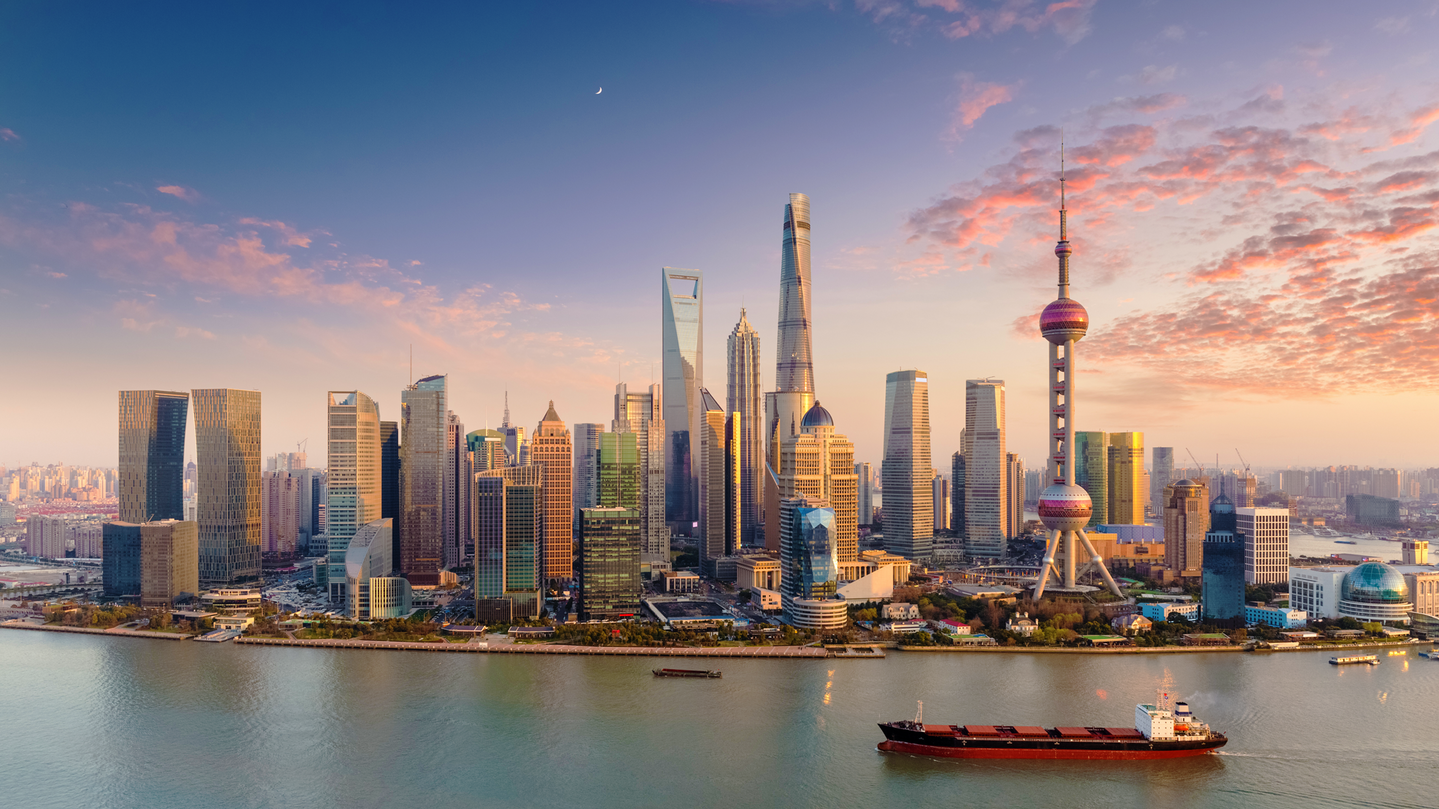Hong Kong faces losing all its cross-border container traffic with Shenzhen and Guangdong Province if Chinese authorities continue to impose COVID-19 restrictions on trucking and feeder operations, the head of Hong Kong’s terminal operators’ group has warned.
Jessie Chung, chairwoman of the Hong Kong Container Terminal Operators’ Association, said the volume of containerized exports trucked from Guangdong Province for shipment through Hong Kong port has slumped since February when China imposed COVID-19 controls on trucking and barge operators. The association represents four of Hong Kong’s five terminal operators, including Hutchison’s Hongkong International Terminals, Cosco-HIT Terminals, Modern Terminals, and Goodman DP World.
“The situation worsened in June and July,” Chung told JOC.com Tuesday. She said the volume of export containers transported by cross-border truck to Kwai Chung container terminal fell 48 percent in June and 58 percent in July compared with a year earlier.
Hong Kong government figures show a year-on-year average monthly drop of 60 percent in total freight imports by truck from South China, to just 400,000 tons between February and June.
Cargo volumes moved to Hong Kong by barge from South China show an average monthly drop of 24 percent to about 3 million tons since January compared with last year.
“We have to liaise with Shenzhen and Guangdong authorities, otherwise we will lose all our cargo,” Chung said.
But Chinese authorities have rebuffed attempts by Hong Kong government officials for an agreement to ease restrictions on cross-border truckers and barge operators.
“There have been numerous meetings and plenty of emails and other communication on the cross-border trucking and barge operation issues,” Roberto Giannetta, chairman of the Hong Kong Liner Shipping Association, told JOC.com. “But in terms of progress, we can say there is zero improvement.”
No incentive for China to ease restrictions
Under the controls introduced in March, cross-border truck drivers are banned, while container-laden chassis can only be picked up and dropped off at designated Hong Kong-Shenzhen border crossings. Barge crews must also live on their vessels for extended periods without shore leave.
“Shenzhen has everything to gain by maintaining the existing obstacles — cargo flow through Hong Kong is being shifted to Shenzhen ports,” a senior shipping executive told JOC.com. “There is, therefore, very little motivation for them to ease restrictions that would restore smooth transport of containers through Hong Kong port.”
Chung pointed out the district government in Nansha, about 60 miles west of Hong Kong, has recently introduced a raft of incentives to encourage shippers to move cargo through Nansha, part of the Guangzhou port complex. These include cash bonuses for shippers who move into the district and to firms who increase freight volumes, especially reefer cargo.
de customized storage solutions that aligns with your business, but also provide a range of other warehousing services, which includes fulfilment, returns management, packaging, specialty wrapping, transportation, logistic support, customized logistic process, supply chain management, distribution, inventory control, door-to-door transport, pick and pack operations, cross dock distribution, labelling, temperature controlled storage solutions, food grade facilities, and so on.
Our team of logistics experts would consult with you and understand your business requirements minutely and come up with a warehousing and logistic process that is custom tailored to fit your business requirements accurately. It would help in cutting down costs, and enhancing profitability. Not only would our warehousing services cut down cost, the benefits you make would be passed on to the customers and your net profit, which would create a growth oriented environment for your business and enhance your market reputation.
Apart from the regular warehousing services, we provide a range of value added customer specific services to help them with their business, order fulfilment, packaging, assembly and kitting requirements. Our logistics and warehousing tools and equipment are state-of-the-art, and provide the best of warehousing services available to date. We continue to upgrade our warehouses with the advanced technologies and processes, as and when they are available, to ensure that our clients are able to benefit from the evolving logistic market. Consult with our warehousing and logistics experts today to find out in details how our warehousing services can be beneficial for you, and rest assured you won’t be disappointed.


